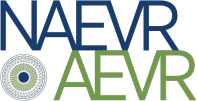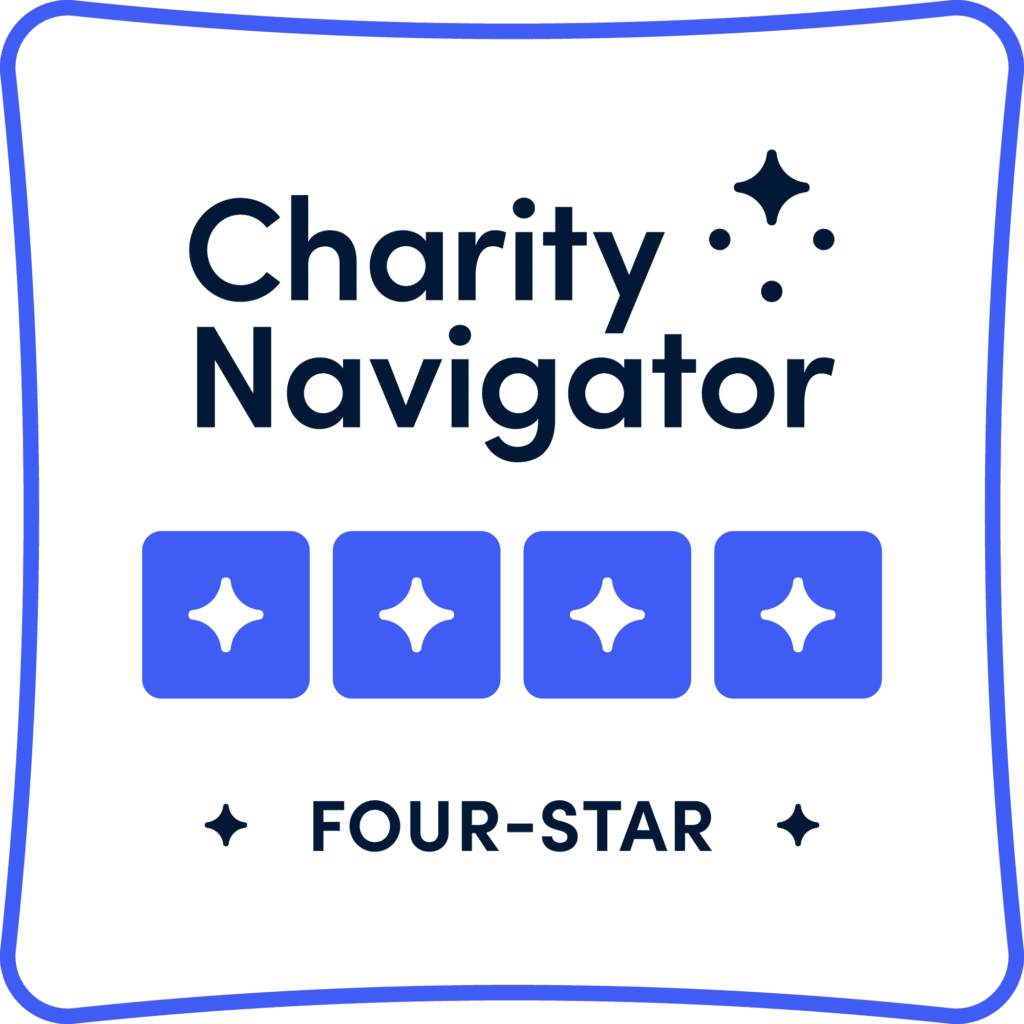On December 9, 2024, the Alliance for Eye and Vision Research (AEVR) hosted a highly informative and timely Congressional Briefing on Myopia. This event brought together leading experts, patient advocates, and policymakers to discuss the increasing prevalence of myopia, its long-term consequences, and the latest advancements in myopia control and management.

The Growing Myopia Epidemic
The briefing highlighted a sobering reality: myopia, or nearsightedness, is on the rise at an alarming rate. Dr. Jeffrey Walline, President of the American Academy of Optometry and Acting Dean at The Ohio State University College of Optometry, presented key statistics showing that by 2050, 50% of the global population is expected to be myopic. In the United States alone, myopia rates among children have doubled over the past few decades. Early onset of myopia is now frequently seen in children as young as 8 to 10 years old, increasing the risk of severe complications later in life, such as retinal detachment, glaucoma, macular degeneration, and even blindness.
The Importance of Early Intervention
Dr. Walline emphasized that early diagnosis and intervention are critical in slowing myopia progression. He highlighted various effective treatment options, including:
- Defocus Incorporated Multiple Segments (DIMS) spectacle lenses
- Soft multifocal contact lenses
- Orthokeratology (Ortho-K)
- Atropine eye drops
- Red light therapy
These treatments can reduce myopia progression by up to 50% and decrease axial elongation by up to 60%. Dr. Walline stressed that a combination of these therapies often yields the best results. He also pointed out the importance of axial length measurement—a key diagnostic tool for identifying children at risk of high myopia and its associated complications.
The Impact on Families and Patients
Adding a personal perspective to the discussion, Bridget Bernard, a passionate patient advocate and mother of two children with severe myopia, shared her family’s journey. She described the challenges of managing her children’s worsening vision, the frequent prescription changes, and the constant worry about their future eye health. Bridget emphasized the need for greater awareness among parents, healthcare providers, and schools. She called for improved access to comprehensive eye exams and better diagnostic tools to ensure early detection and intervention.
Lifestyle and Environmental Factors
Dr. Rupa Wong, a Clinical Associate Professor at the University of Hawaii and a pediatric ophthalmologist, spoke about the environmental and lifestyle factors contributing to the rise in myopia. Increased screen time, reduced outdoor activity, and the demands of distance learning during the COVID-19 pandemic have all played a role. Dr. Wong underscored the importance of encouraging children to spend more time outdoors and limiting prolonged near work, such as reading or using digital devices, to help reduce myopia risk.
The Economic Burden and Need for Research
The speakers also addressed the economic impact of myopia, which costs the U.S. an estimated $6.1 to $11.2 billion annually. The growing burden of myopia underscores the need for increased federal funding for research into new diagnostic tools, treatments, and public health strategies. Dr. Walline and Dr. Wong urged policymakers to prioritize vision research and support legislative efforts that address the myopia epidemic.
Looking Ahead
AEVR’s Congressional Briefing on Myopia highlighted the urgent need for a multi-faceted approach to tackling this public health crisis. From early diagnosis and intervention to increased public awareness and research funding, the path forward requires collaboration between healthcare providers, educators, policymakers, and families.



